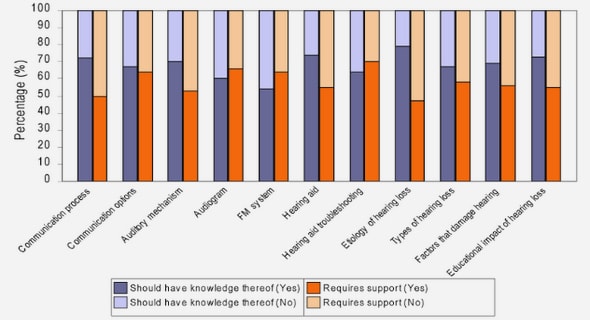(Downloads - 0)
For more info about our services contact : help@bestpfe.com
Table of contents
1 Introduction
1.1 Background
1.2 Aim and research questions
1.3 Limitations
1.4 Outline of the report
2 Early age concrete
2.1 Hydration process of cement
2.1.1 Aging of concrete
2.2 Temperature development
2.2.1 Heat of hydration
2.2.2 Thermal properties and heat transfer
2.2.3 Thermal cracks and restraint
2.2.4 Cooling and heating
2.3 Strength development
2.3.1 Fresh concrete
2.3.2 Cement compounds
2.3.3 Mechanical properties
2.4 Time dependent deformations
2.4.1 Shrinkage and swelling
2.4.2 Creep
3 Mathematical modelling in ConTeSt
3.1 Heat of hydration
3.2 Heat flow
3.2.1 External boundary conditions
3.2.2 Internal boundary conditions
3.3 Mechanical properties
3.3.1 Strength growth
3.3.2 Stress development
4 Case study of a massive concrete wall
4.1 The power station of Storfinnforsen
4.1.1 The bottom outlets
4.2 The new wall
4.2.1 Design procedure
4.2.2 Practical procedure and technical data
4.3 Numerical model
4.3.1 Model and material definitions
4.3.2 Boundary conditions
4.3.3 Convergence analysis of the element size
4.4 Material tests
5 Results and discussion
5.1 Sensitivity analysis
5.1.1 Effects from the cement content
5.1.2 Effects from the ambient temperature
5.1.3 Effects from the wind speed
5.1.4 Effects from the degree of restraint
5.1.5 Combination of factors
5.2 Crack risk analysis
6 Measurement plan
6.1 Suggested placement of measuring equipment
6.2 Method of monitoring and instrumentation
6.2.1 Measuring equipment
6.2.2 Data acquisition
7 Conclusions and further research
Bibliography



